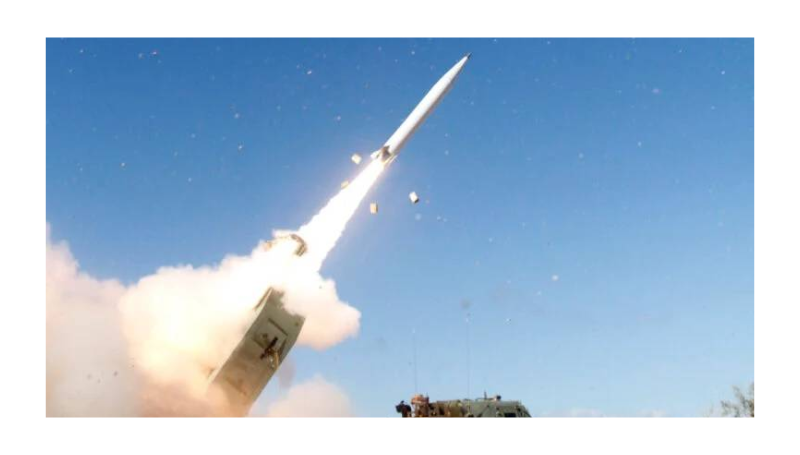Michael Horowitz and Joshua Schwartz
War on the Rocks, Dec. 18, 2024
“… precise weaponry is now much more widely available to weak powers than it was in the past, and the low cost of many of these systems enables actors to deploy precision technology at scale.”
From strikes by uncrewed aerial systems launching precision Hellfire missiles in Afghanistan and Iraq to U.S. Navy ships firing missiles against Houthi targets in the Middle East over the last few years, the United States has led the world in precision strike capabilities for decades. For more than a generation, the United States maintained a healthy lead in the most sophisticated military technologies, especially those that enabled precision strike, and its large advantage arguably deterred many potential rivals from symmetric competition. With the focus on precision, given the accuracy benefits and larger costs of systems, came a decision to prioritize quality over quantity in military capabilities. However, technological change over the last decade has eroded the binary between scale and sophistication. It has also accelerated the proliferation of key elements of the precision strike complex. Even relatively weak actors, such as Iran and militant groups like the Houthis in Yemen, can acquire and even produce these capabilities. For example, the Houthis use Iranian technology like the Shahed-136 one-way precision attack system — and derivatives they produce themselves — to attack shipping in the Red Sea, generating billions of dollars in costs to commercial shipping companies and the U.S. Navy. This is to say nothing of more capable rivals like the People’s Republic of China, which can deliver advanced weapons and platforms on par with the United States in many areas.
The global proliferation of precision strike means we now live in an era of “precise mass,” where comparatively cheap uncrewed systems — that can be deployed at scale — are also highly advanced and deadly accurate. The proliferation of low-cost precise mass means that the United States can no longer comfortably rely upon the edge in precision strike it cultivated over decades. Moreover, the cost-exchange ratio of competing solely with exquisite, expensive systems is likely to lead to failure over time, especially as lower-cost alternatives become more capable and manufacturing lead times for more exquisite systems grow (like in the case of the F-35). These dynamics suggest a strong logic for the United States and others in pursuing a mix of capabilities, emphasizing mass at the lower end and stealthy capabilities at the higher end that can survive in this era of warfare.
The Strategy of the Past
In the latter part of the Cold War and beyond, the U.S. military largely dedicated itself to gaining a qualitative edge over its adversaries. For example, in the late 1970s and 1980s, the United States adopted the second offset strategy to counter the Soviet Union’s numerical superiority in Europe with an advantage in expensive, high-tech, and exquisite systems. This meant investing in a suite of technologies that would enable the U.S. military to accurately and swiftly attack Soviet forces deep behind their lines before they could bring their forces to bear against the American military or Western European territory. The Soviets termed this new military concept the “reconnaissance strike complex” (from the Russian pекогносцировочный yдарный комплекс) and quickly recognized its revolutionary potential. …SOURCE
Michael C. Horowitz is the Richard Perry professor and director of Perry World House at the University of Pennsylvania and a senior fellow at the Council on Foreign Relations. From 2022 to 2024, he served as the U.S. deputy assistant secretary of defense for force development and emerging capabilities.
Joshua A. Schwartz is an assistant professor of international relations and emerging technology at the Carnegie Mellon Institute for Strategy and Technology. From 2021 to 2023, he was a Grand Strategy, Security, and Statecraft fellow at Harvard University and the Massachusetts Institute of Technology.
The views in this article are those of the authors alone and do not represent those of the Department of Defense, its components, or any part of the U.S. government.


